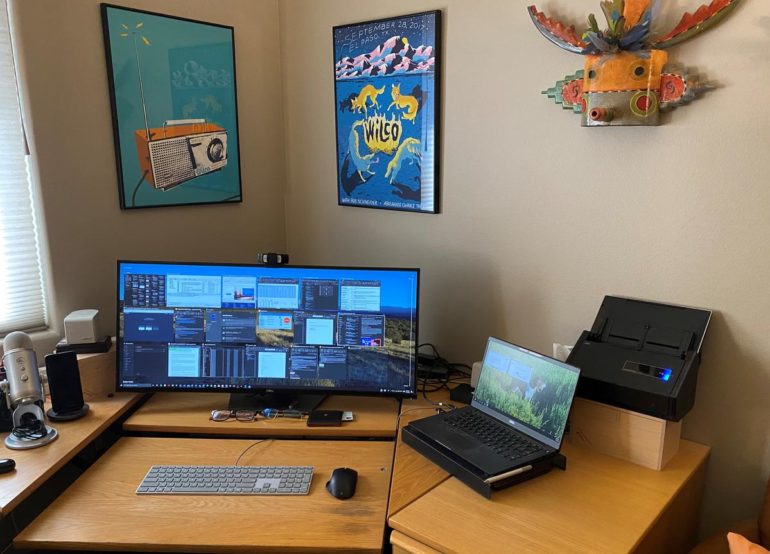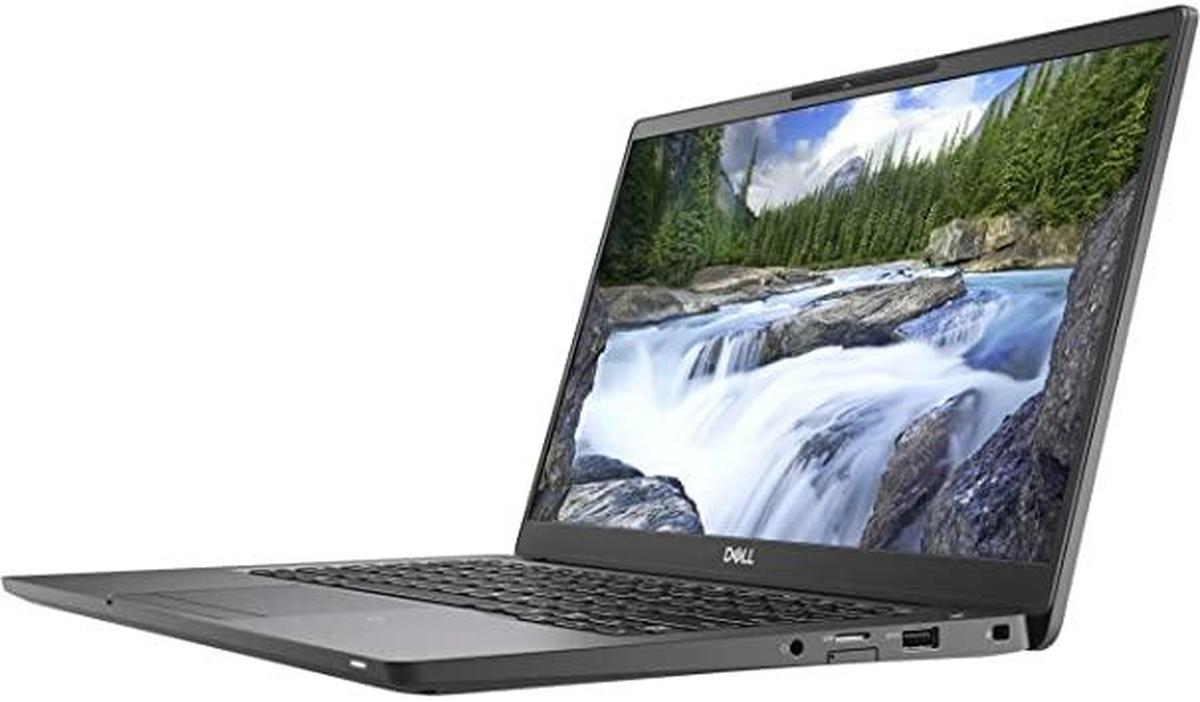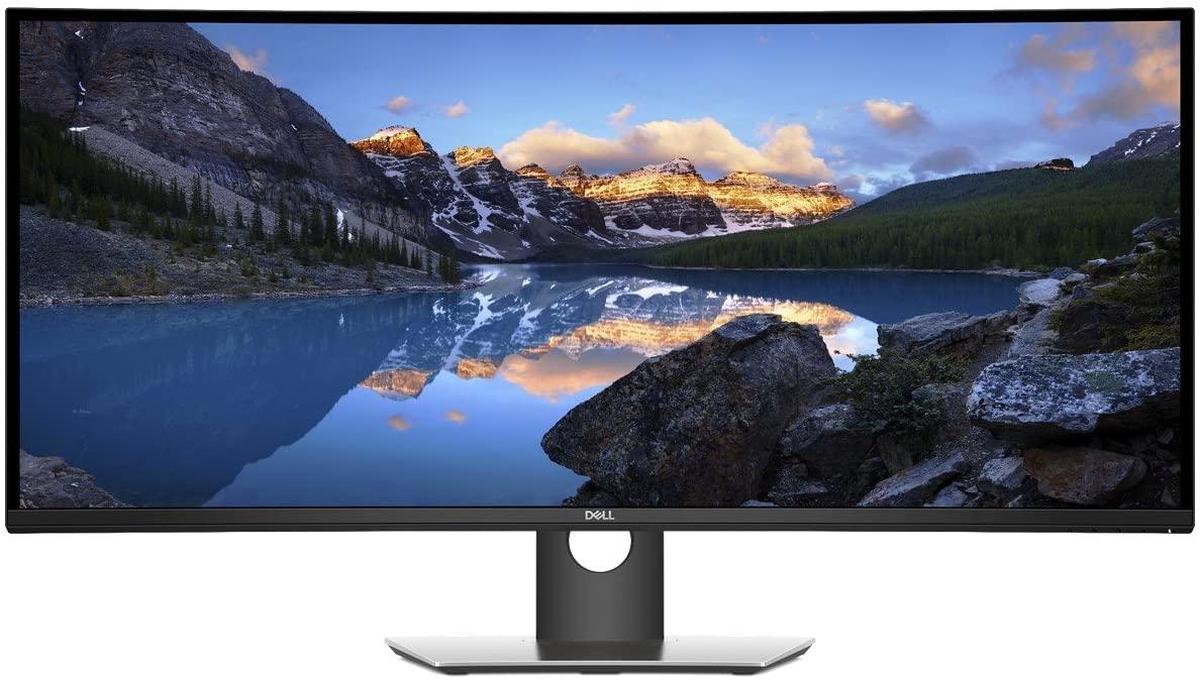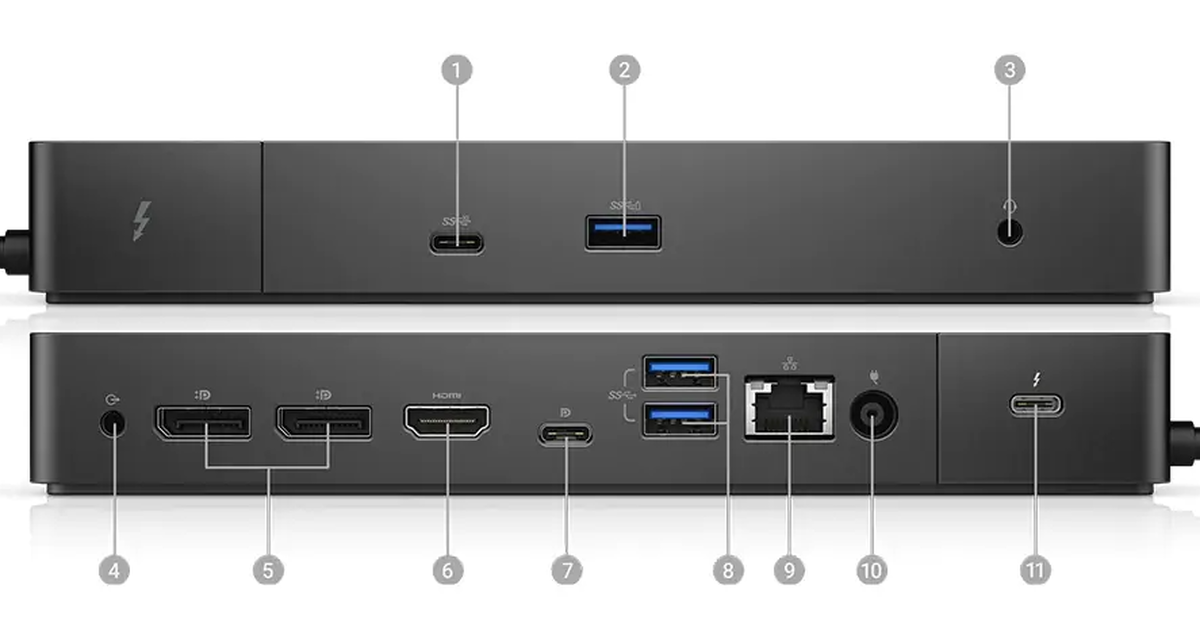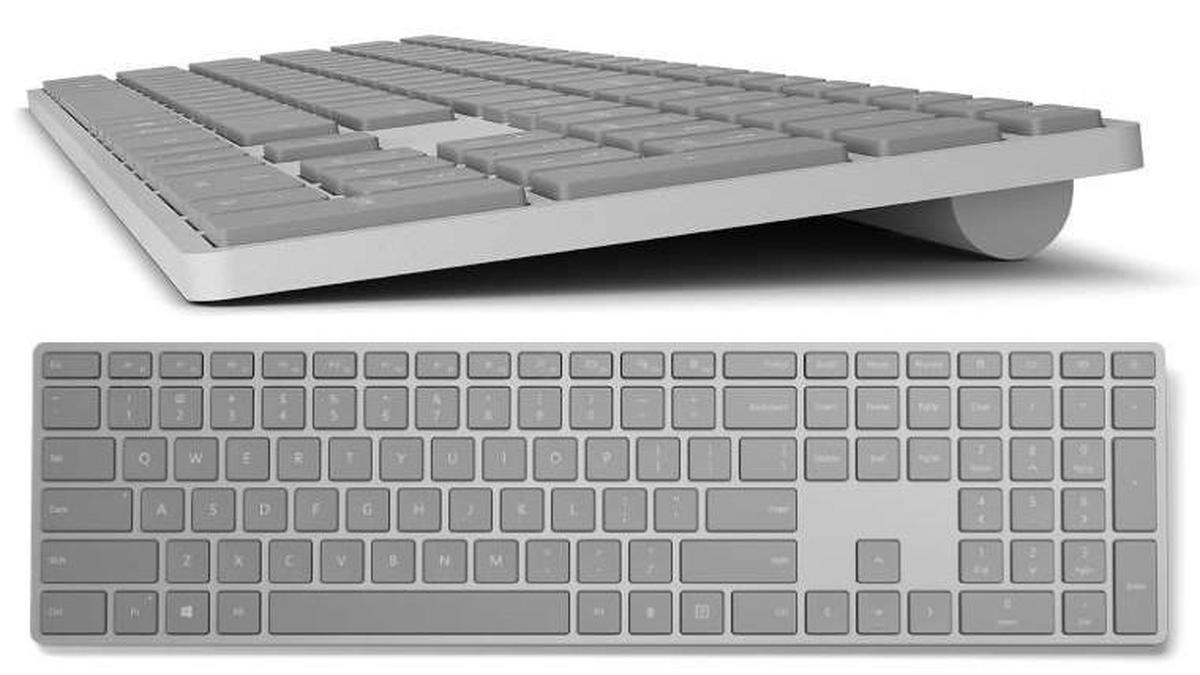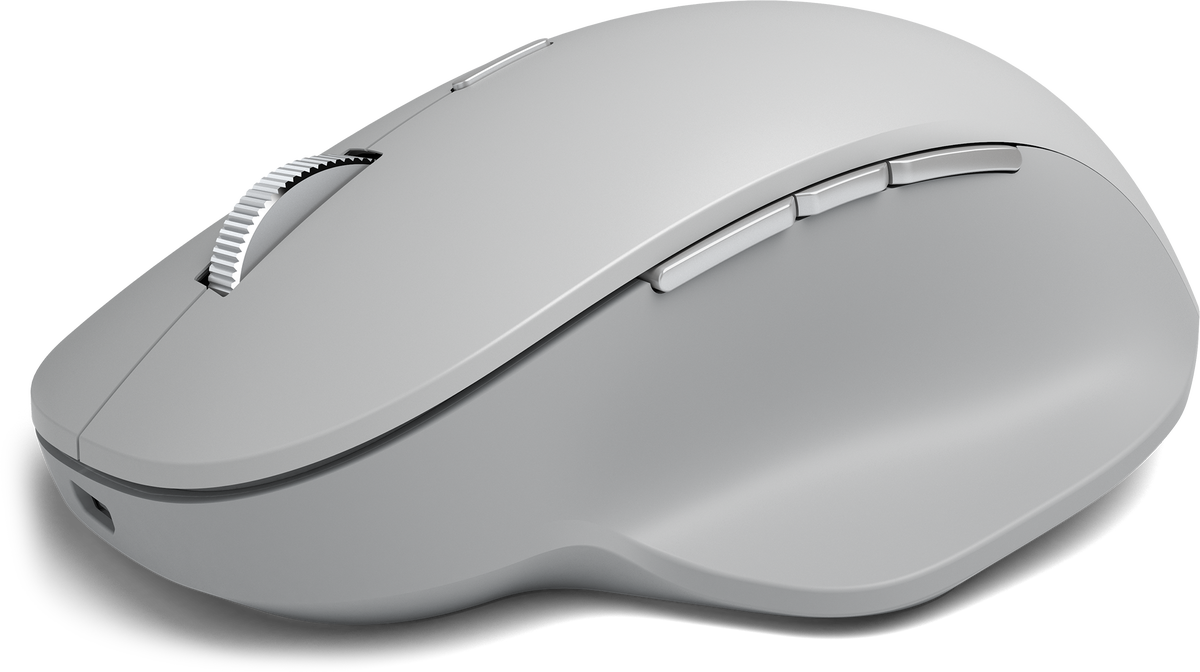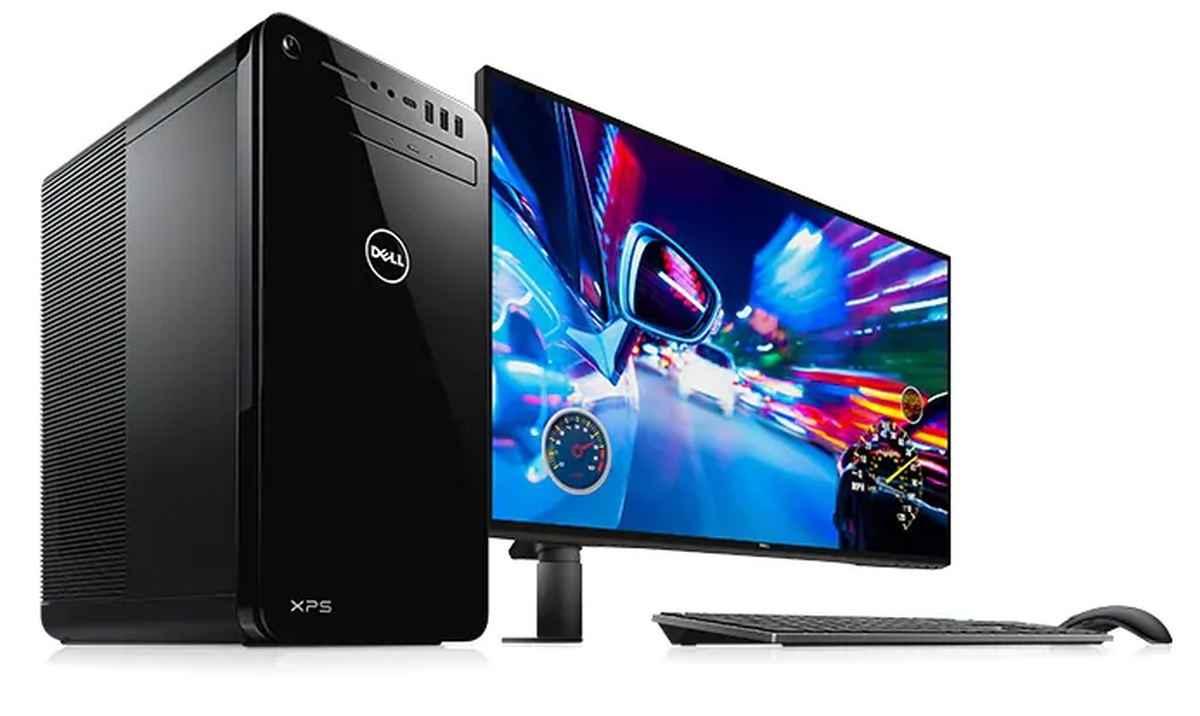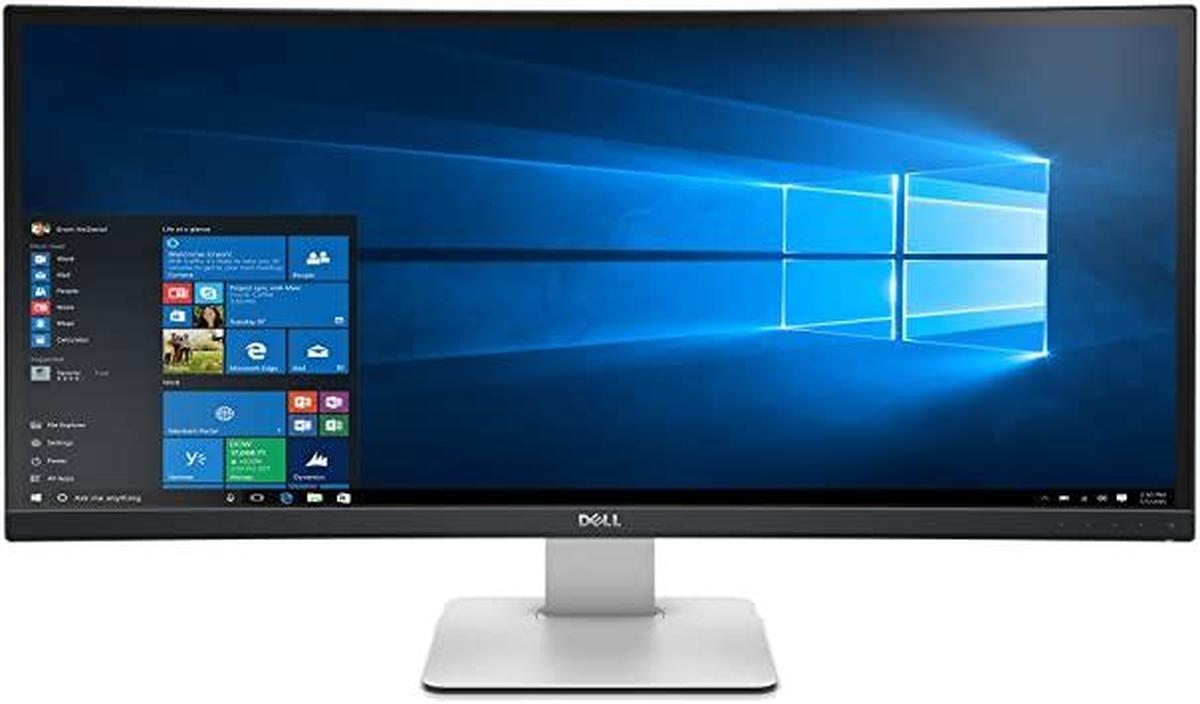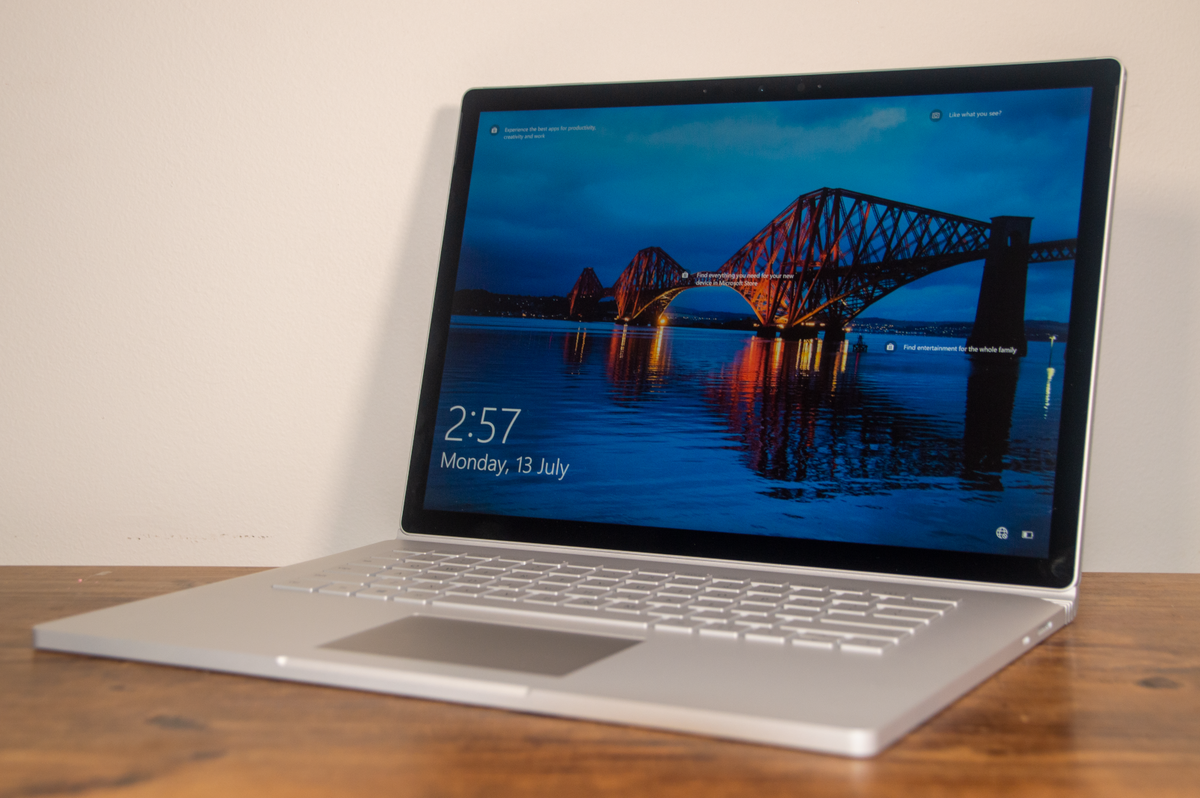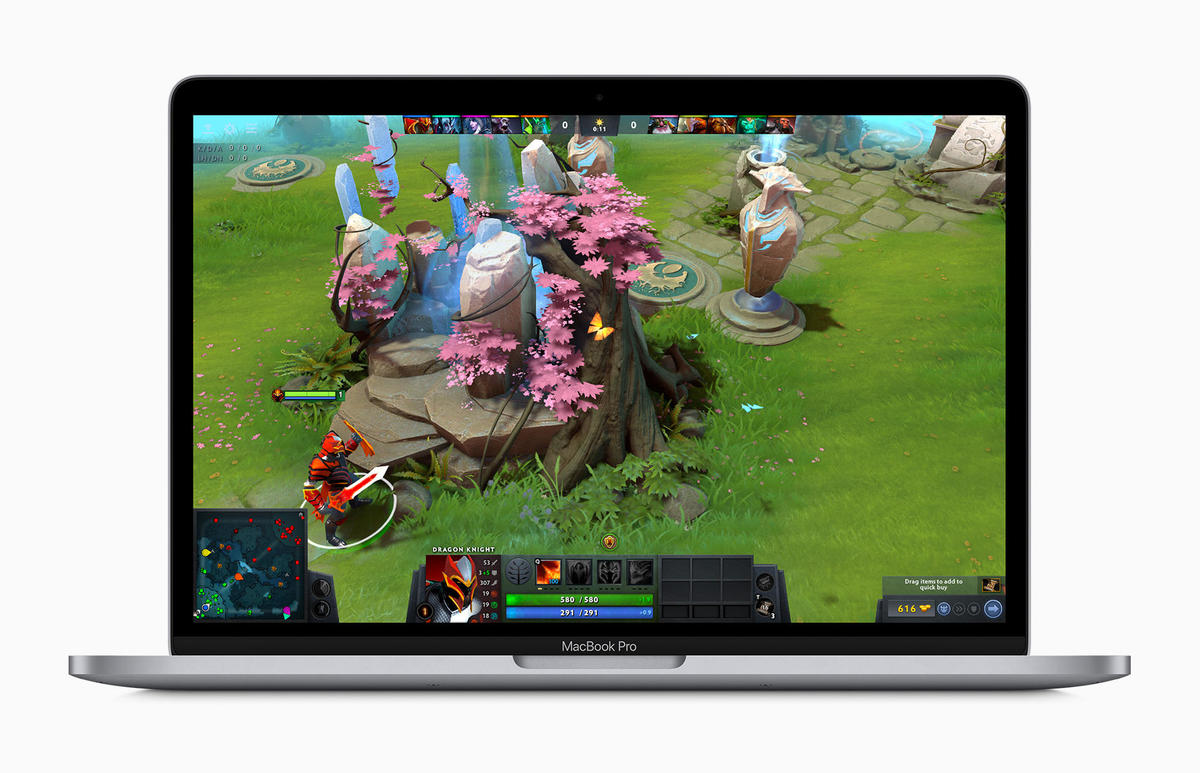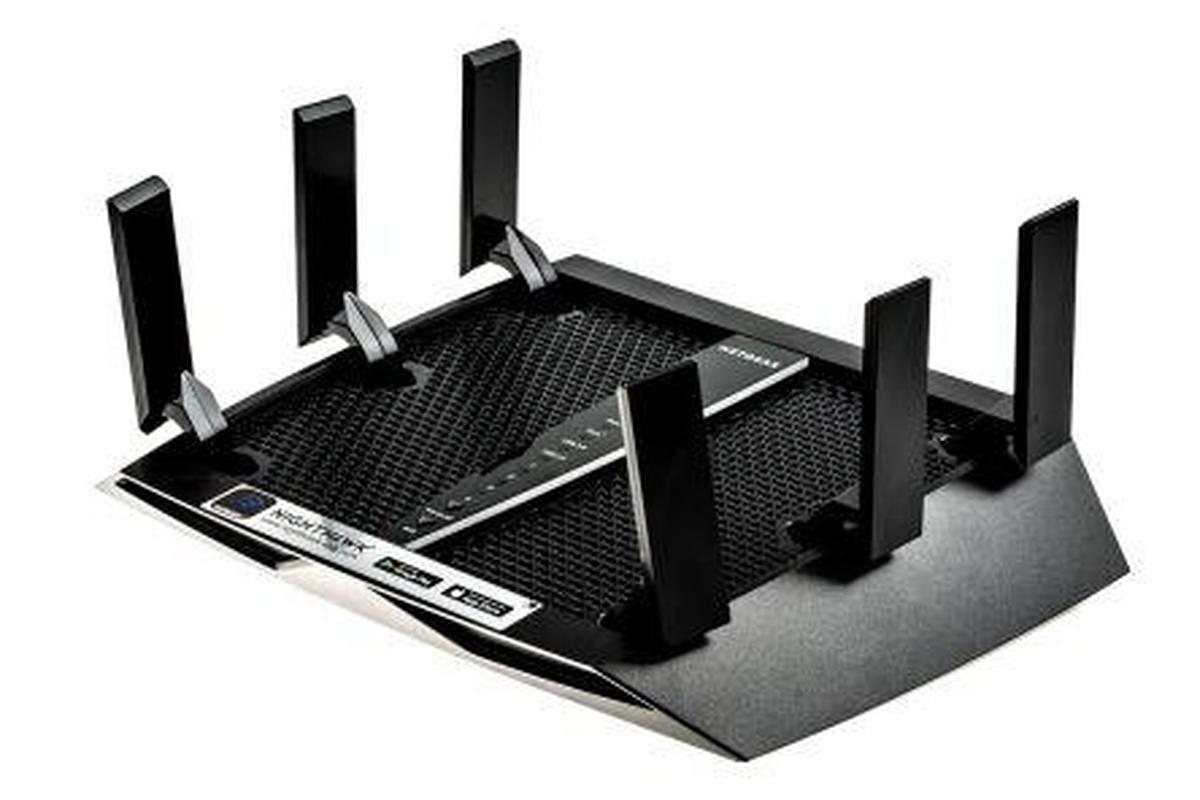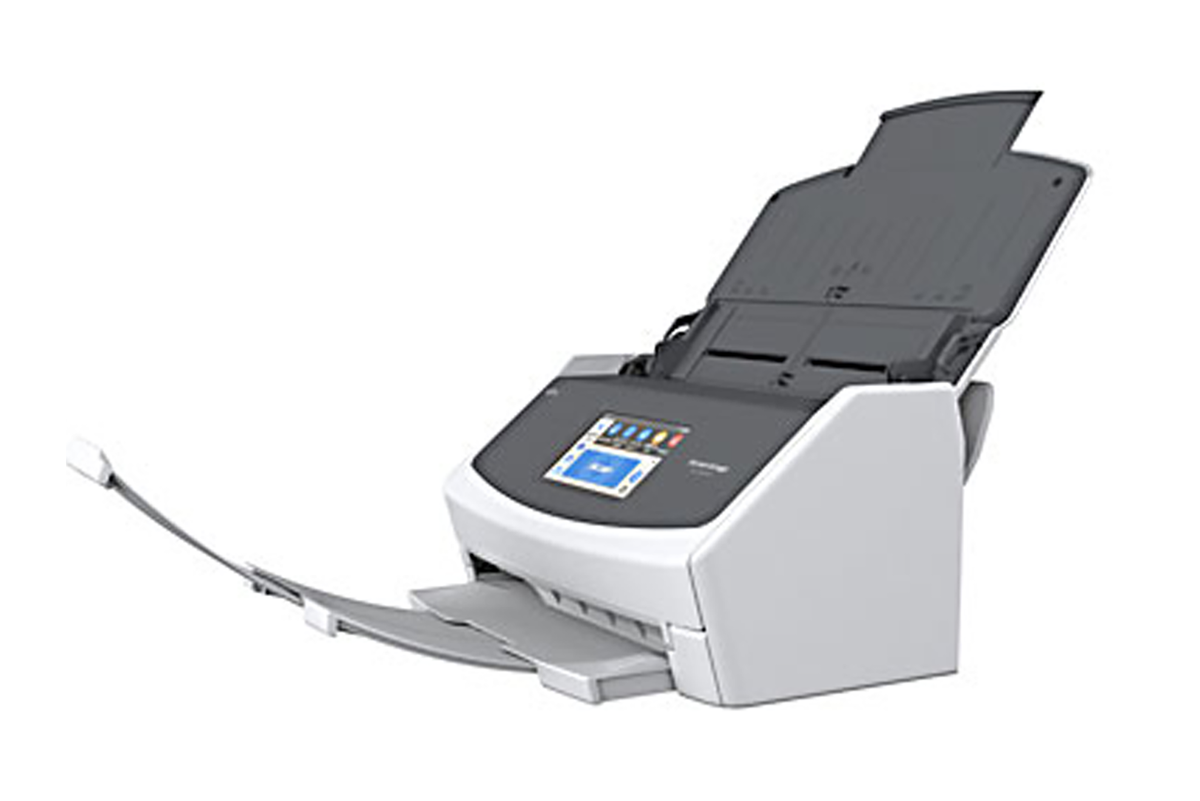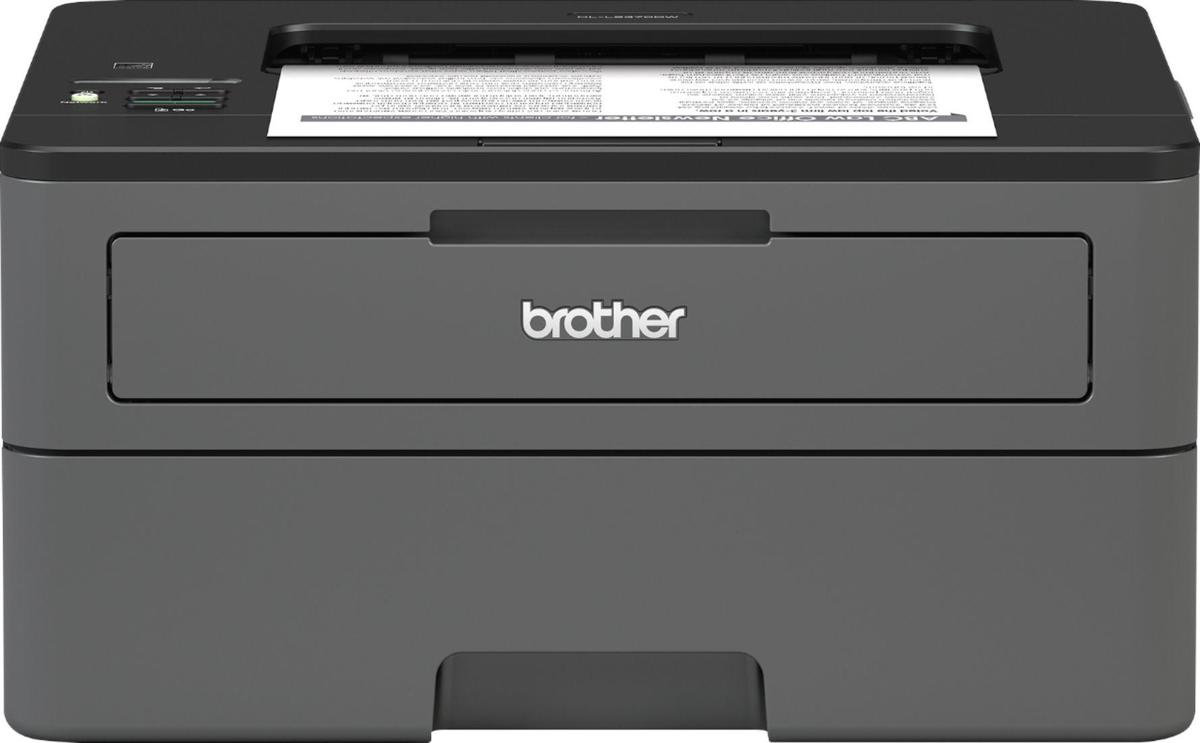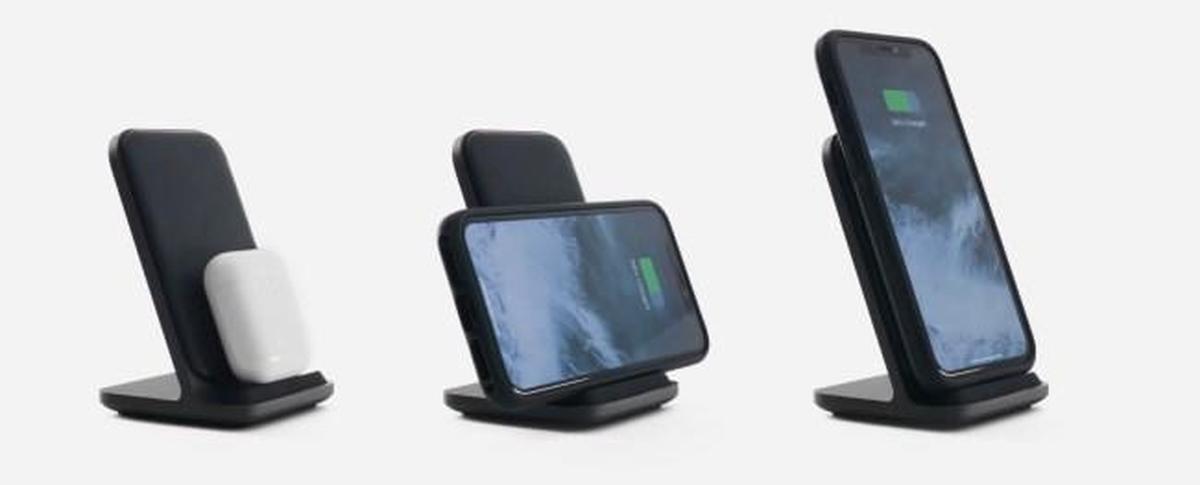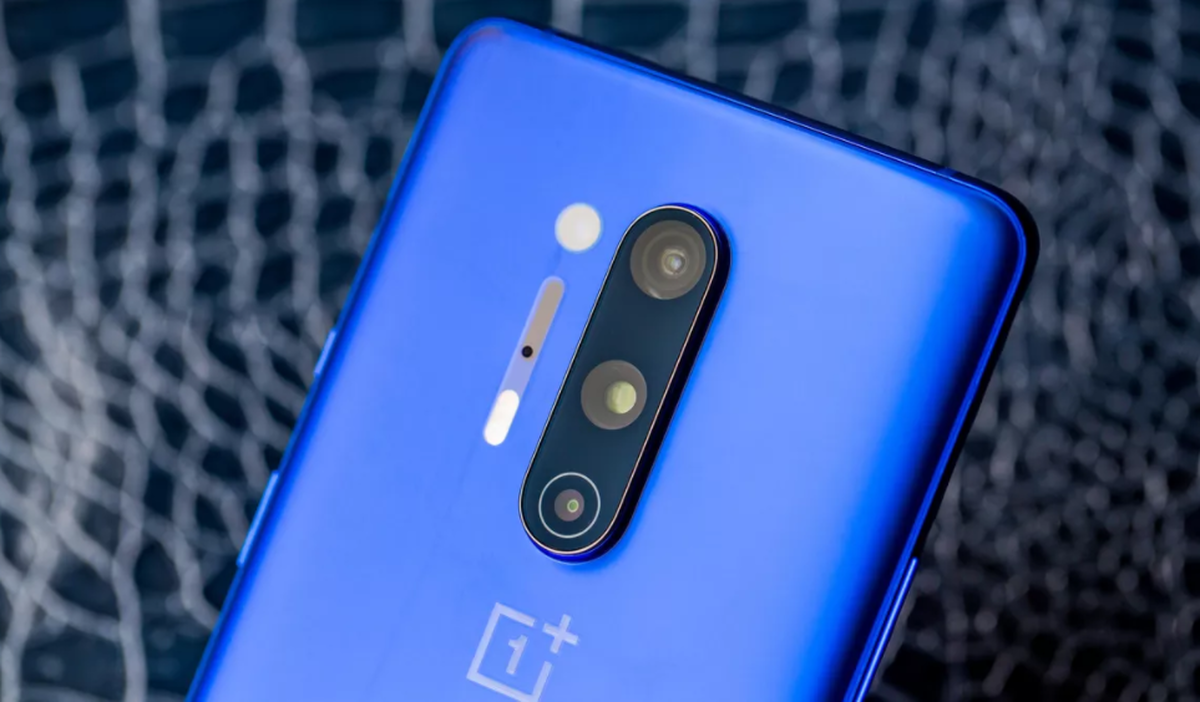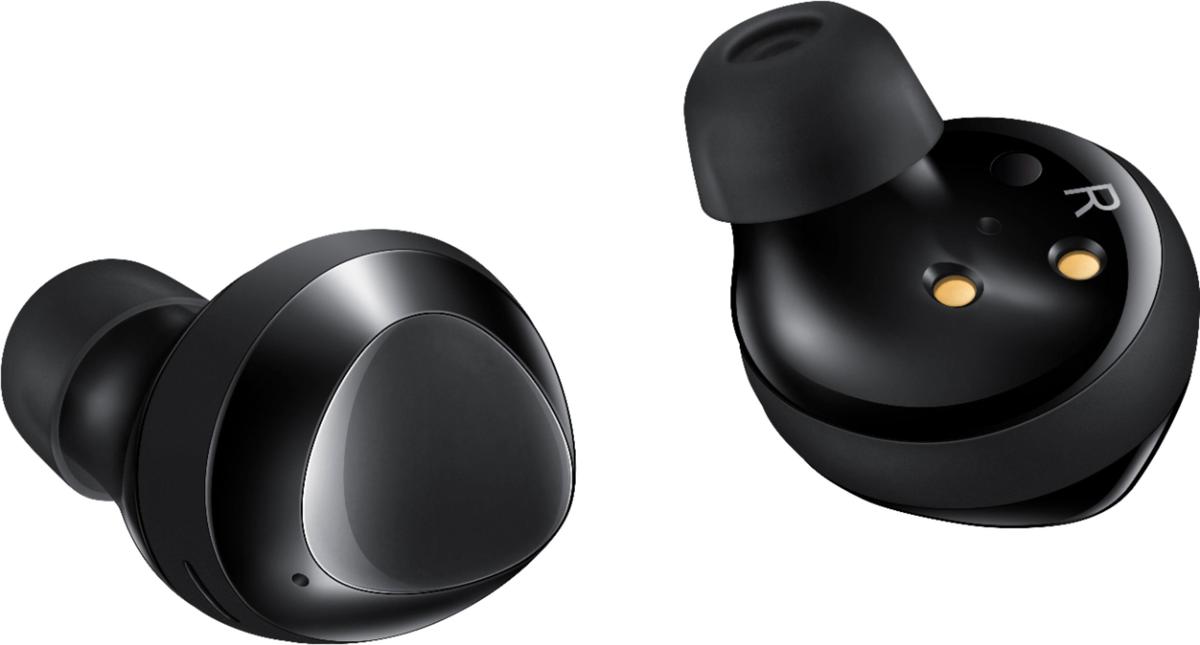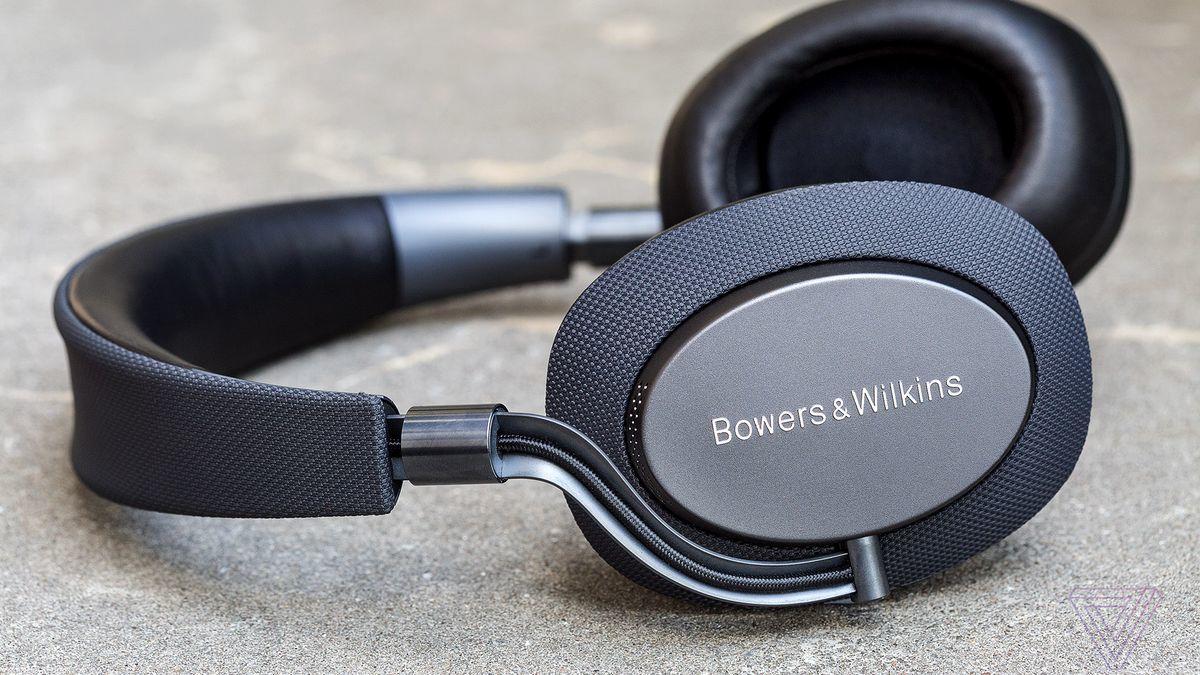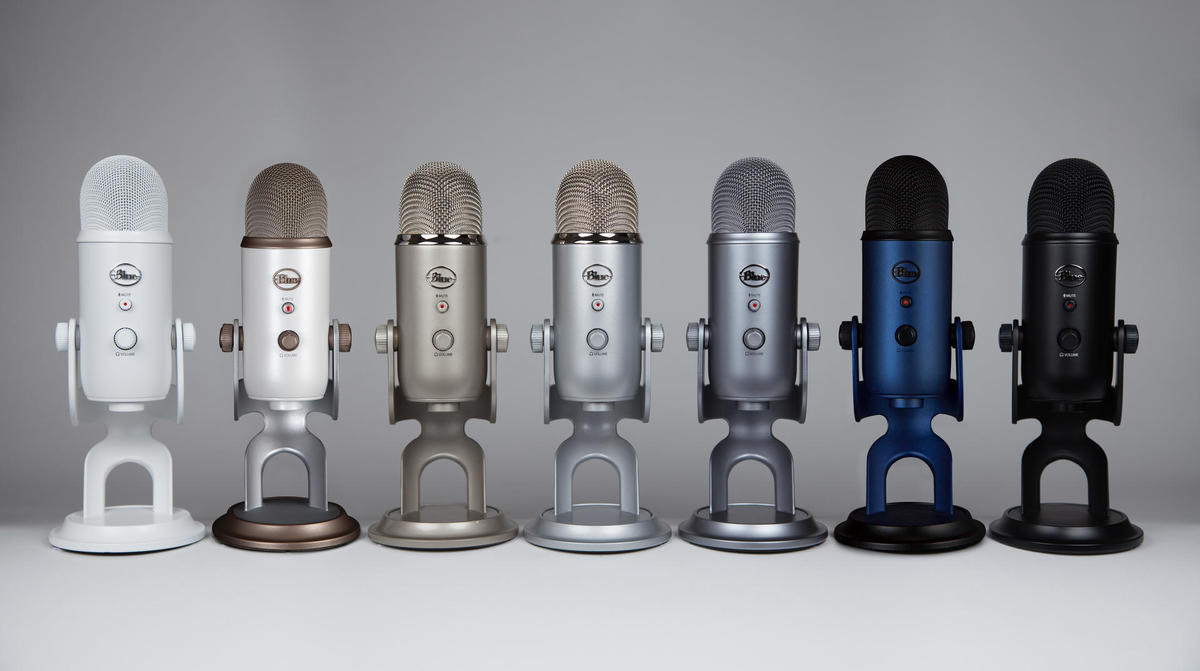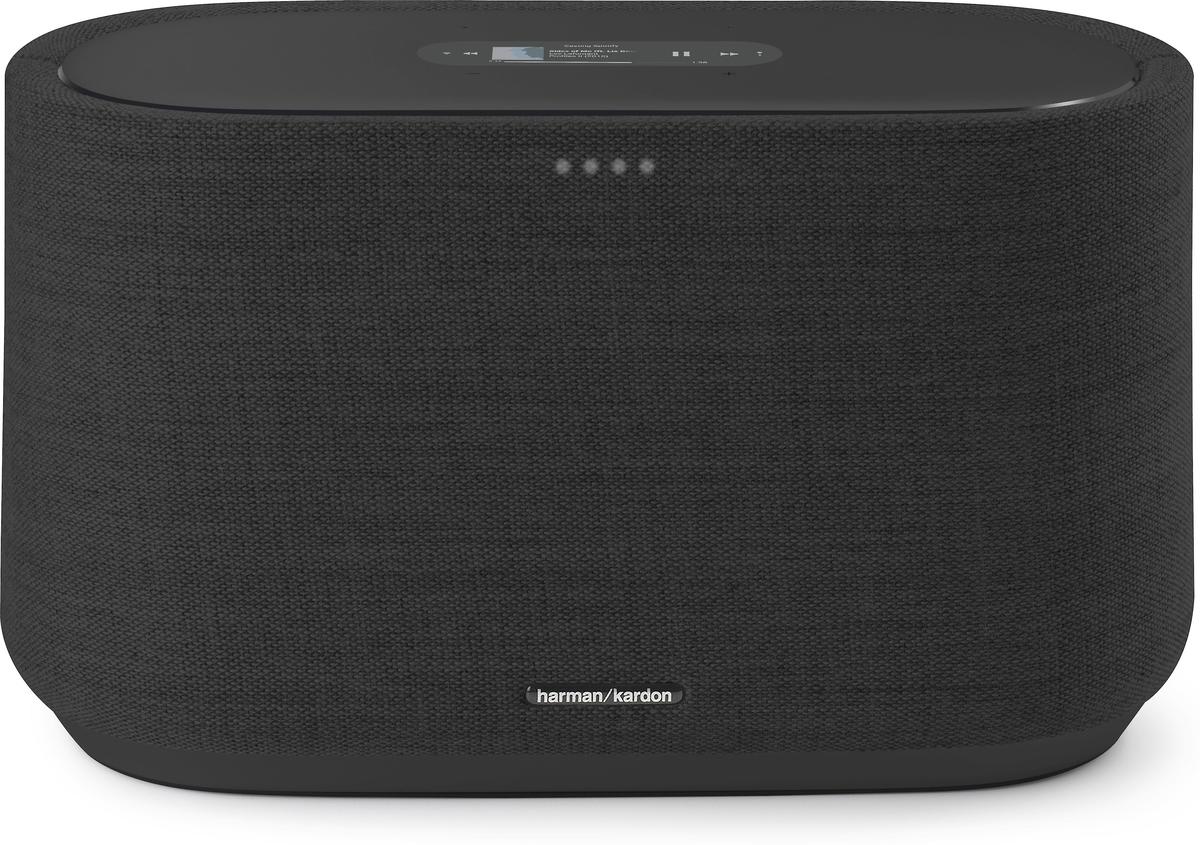The last time I commuted to an office outside my home, Bill Clinton had just been sworn in as President, Windows 95 was still in beta, and I had finally replaced my dial-up modem with a sizzling fast DSL connection to the Internet. I can’t say I miss much about that era.
Anyway, a few years into my work-from-home career, back in the Cretaceous period (or whatever 1996 is now called), I acquired this huge modular desk, made by a Swedish company called Kinnarps. It was not cheap, but I have more than gotten my money’s worth out of it after dragging it to five new homes in three different states over the past 20-something years.
That’s really a lot of desk space.
This desk was made for a writer, with the main working position being diagonal. That leaves plenty of room for a very large monitor to sit in the corner of my office, with keyboard, mouse, and other accoutrements on a dedicated workspace in front of the monitor’s space. With the help of a very large crank, I can raise or lower either surface to get things ergonomically aligned. Meanwhile, the rest of the desk wraps around behind me, with a conference table-sized surface where I can unbox new PCs. That surface typically has a dedicated workstation, which I use for testing new software.
A workspace that size requires dedicated office space. One of the advantages of living in the sprawling Southwestern United States is that a dedicated office isn’t a budget-busting feature.
When it comes to hardware, I’m partial to proven technologies that don’t cost a fortune. As you’ll see from this list, I’m overjoyed to find something useful at a discount, and I love a great deal. But I refuse to buy cheap gear.
I used to be a dual-monitor aficionado, with 24-inch displays arranged side by side on my desk. No more.
Today I still have two monitors available, but I prefer an alternative arrangement. My main display is a massive 38-inch Dell U3818DW UltraSharp, which sits a comfortable 27 inches away from me. It’s capable of snapping two app windows, each at 1920X1600 resolution, alongside one another.
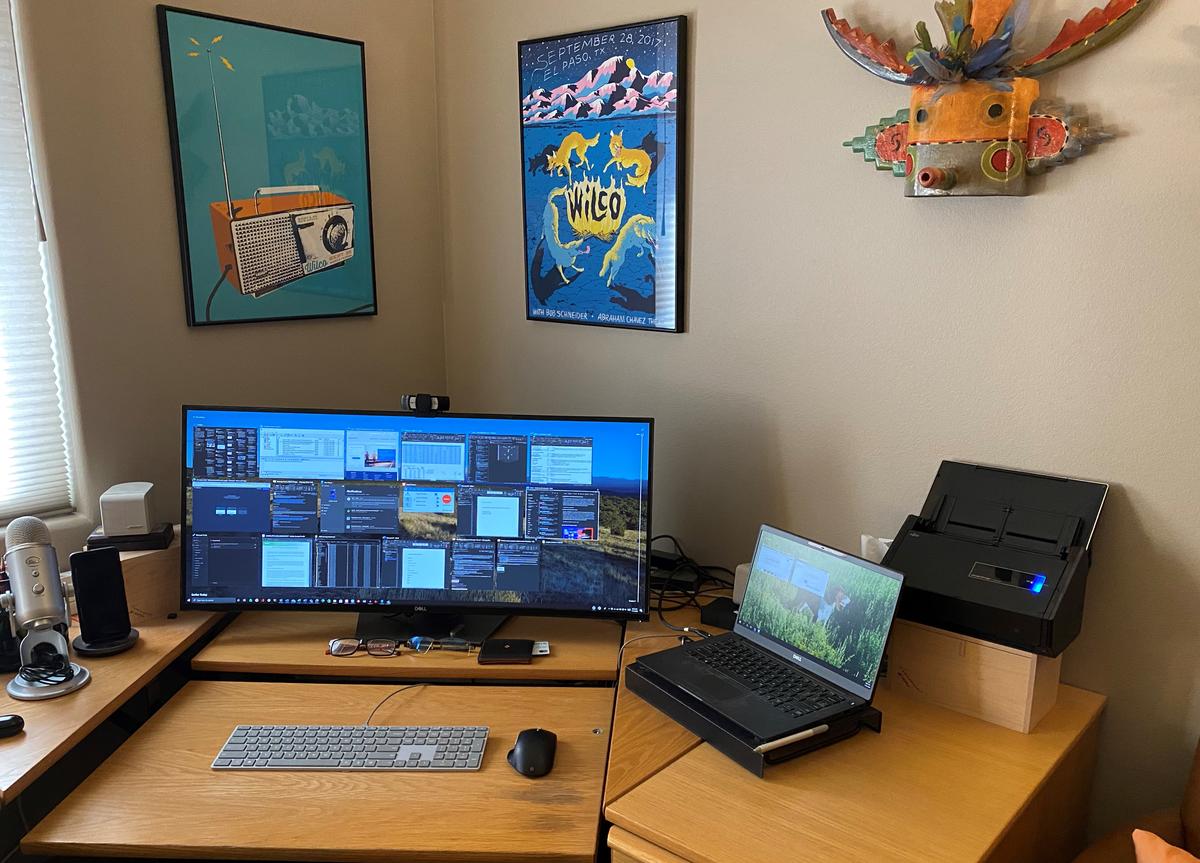

That’s a 38-inch curved Dell UltraSharp display, with a 14-inch Dell Latitude 7400 to its right.
I can hear you now: I thought you said two monitors…
Oh, right. The second display is the built-in 14-inch screen on my laptop, which drives the main display. Here are the details for everything on my desk.
I bought this notebook from the Dell Outlet early in 2020, because honestly the price was irresistible for a laptop with 32 GB of RAM, an 8th Generation Intel Core i7 CPU, and a 512GB SSD. It’s turned out to be one of my all-time favorite PCs.
This laptop, like its owner, was originally anticipating a heavy travel schedule this year, racking up tens of thousands of air miles. That didn’t happen, obviously, but it’s earned its place on my desktop.
Note that this model is not the same as the Latitude 7400 2-in-1, which has a display that can fold back to turn into a tablet. But as a pure laptop, it’s well built and has performed flawlessly.
When I upgraded from a pair of 24-inch displays to a 34-inch curved Dell display I was impressed, but I wasn’t tempted to trade up to the 38-inch display until a few years later, after a friend raved about the impact of upgrading. Boy am I glad I did that. It’s a nearly perfect fit on my desk, and the extra real estate means I have nearly 25% more pixels to work with.
The laptop display sits off to the side, where I keep Slack and Teams within my peripheral vision but out of the way of whatever task I happen to be concentrating on at the moment. I also use the laptop display to occasionally tune in YouTube or a live broadcast that I need to monitor.
No one is ever going to call this peripheral a rock star. It’s more of a roadie, to be honest. But it gets the job done. It sits unobtrusively in the background, connecting the laptop to the display with a pair of Thunderbolt-compatible USB Type-C connections that have no trouble with the high external display resolution, the wired network, or whatever else I throw at it.
When it comes to input devices, I’ve been impressed by Microsoft designs for years. On my main desktop, I have a Microsoft Modern Keyboard with Fingerprint ID. It has the same clean grey-on-grey design and the same smooth feel and responsive action as the Surface Keyboard (which I keep as a spare). The obvious difference is the fingerprint reader, which offers a handy authentication option. The not-so-obvious difference is a micro-USB port for recharging the built-in battery and using the keyboard in USB mode.
I am told this was built for gamers, which I am most assuredly not. I absolutely love its stability, as well as the size and shape. Both the keyboard and mouse can be connected using a micro USB cable or paired with Bluetooth, which is a huge plus on occasions when Bluetooth isn’t available or isn’t working.
The nice thing about having a desk that wraps completely around is that I am able to keep a workbench handy for evaluating software, repairing PCs, testing docking stations, and reviewing laptops. The core elements are all hand-me-downs, but it doesn’t feel that way.
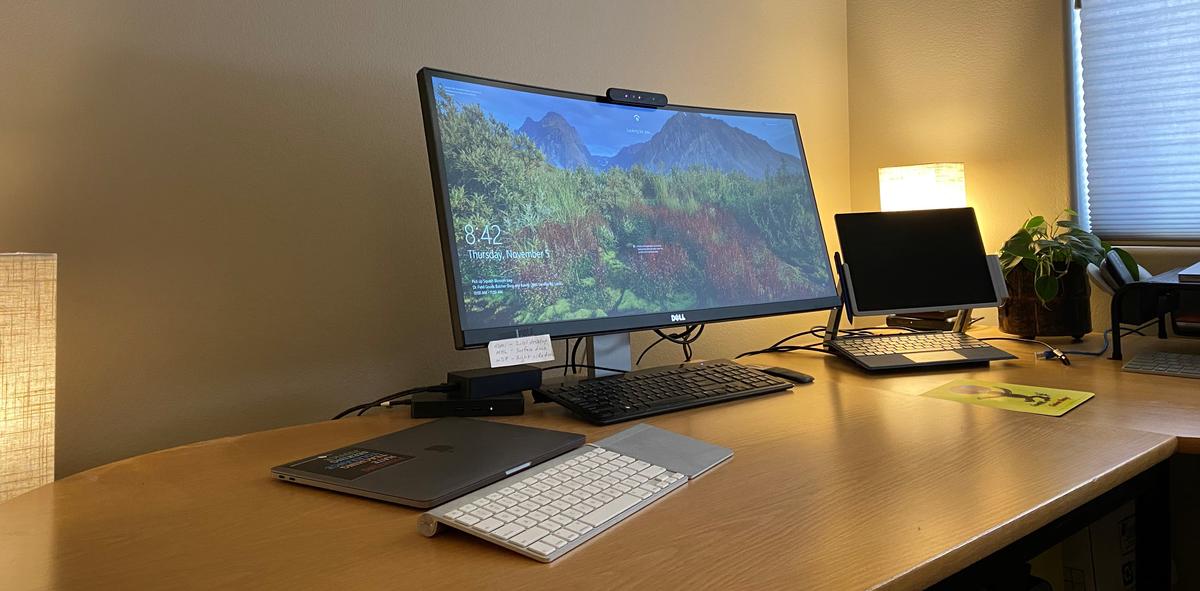

The second desk is mostly a lab bench, but it’s comfortable enough to work at.
This used to be my day-in-day-out desktop PC. It’s going on five years old, with a 6th Generation Intel Core i7, but has been upgraded multiple times with much better storage, memory, and video than the original. This is probably the fifth XPS desktop I’ve had in this office. It’s a timeless design and the case is easy to open, with everything laid out cleanly inside.
It’s noteworthy that I’ve never spilled a drop of blood when repairing or upgrading components in this PC. That’s certainly not the case with other desktops I’ve dealt with.
This is the 34-inch hand-me-down monitor that used to be on my main desktop. It has enough inputs that I can use it easily for testing purposes without having to fuss with cables.
This is my go-to around-the-house notebook, originally purchased in 2018 at a deep discount on eBay from someone who had buyer’s remorse after a couple months. With a 7th Generation Intel Core i5 CPU, 8 GB of RAM, and a 256 GB SSD, it’s a perfect proxy for a mainstream business PC.
It’s built like an absolute tank, which I love. I’ll probably replace it with a Surface Book 3 when the time comes.
This one’s here for compatibility testing. It has the infamous “butterfly” keyboard, which I loathe, but fortunately I mostly use it with an Apple keyboard and Magic Trackpad when I’m testing a Mac app or service. I run Windows 10 and a copy of the previous version of MacOS in Parallels virtual machines. I wish it had support for fingerprint sign-in, and I’ve lost track of the number of times I’ve absentmindedly stabbed the screen with a fingertip before remembering that Macs don’t have touchscreens.
I bought this one as an Apple refurb, but it was indistinguishable from a new Mac.
Remember when the paperless office was going to be a thing? Ha ha ha. Admittedly, I use less paper than I used to, but I still have banker’s boxes filled with contracts, receipts, and legal documents that just refuse to be digitized, even as we enter the third decade of the 21st Century.
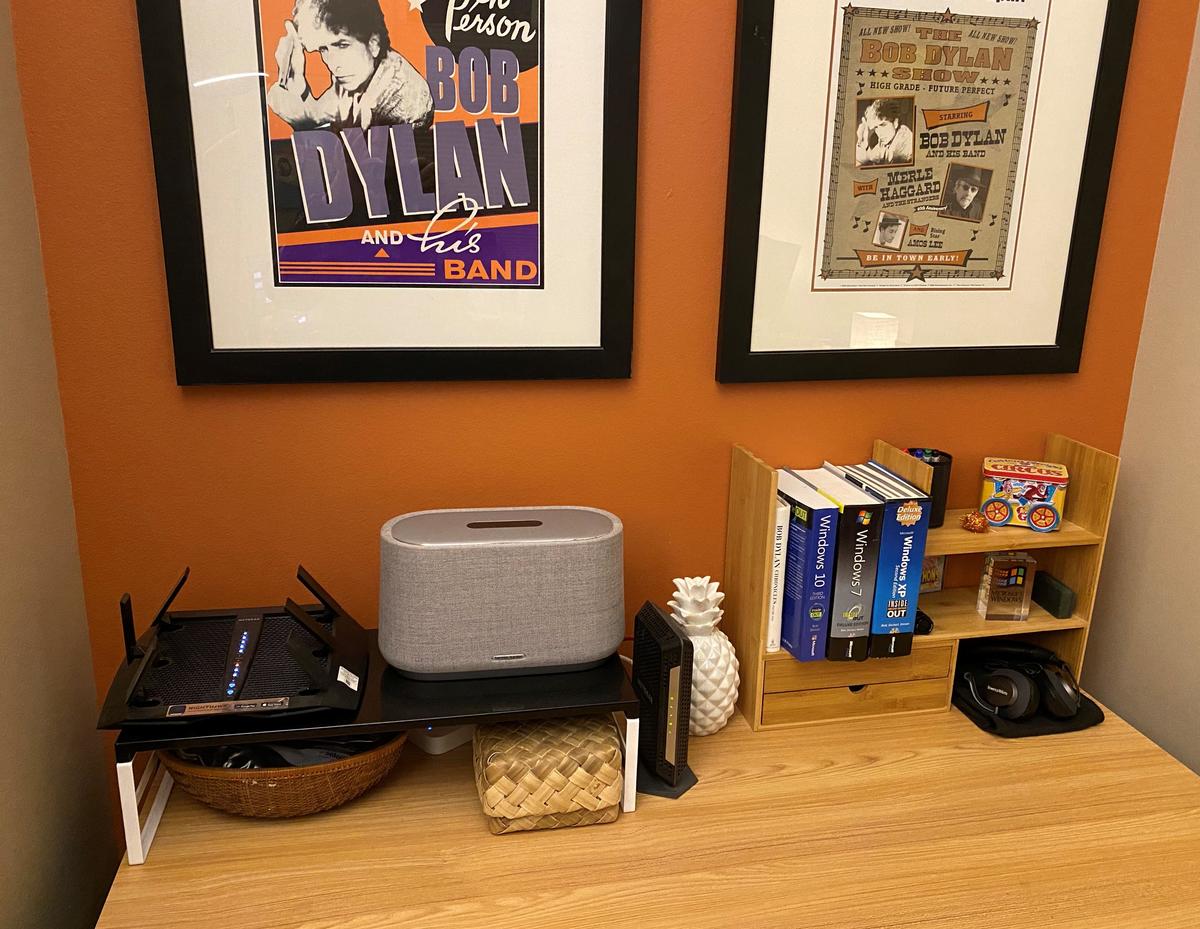

This table isn’t always so uncluttered.
The single most important peripheral, of course, is the router that keeps the home and office networks humming along.
This router gets great reviews, but the reason I bought it was a recommendation from a networking expert I trusted. I have no regrets. This device sits in the corner looking like an extra from a Star Wars movie and does its job without complaining. I can’t even remember the last time I had to reboot it.
It gets regular firmware updates, too, which is rare for networking hardware.
A friend recommended an earlier model of this to me, and I haven’t regretted taking him up on the recommendation. This is really great hardware for turning paper documents into bits that can then be uploaded to the cloud. I use it less often than I used to, thanks to smartphone apps that can scan a one-page document faster and without the hassle.
But if your goal is to purge a few banker’s boxes full of paper documents, this is a great alternative.
The irony of the paperless office is that you occasionally need to turn digitized bits back into ink on paper. This is a solid basic printer that has reliable Wi-Fi and can do two-sided printing from PCs, Macs, and smartphones. It was just ridiculously inexpensive, too, at around 80 bucks from my local Best Buy.
Naturally, I have two phones, one running iOS, the other an Android device. I can’t afford to take sides, when my readers are more or less equally divided between the two camps.
One thing that makes it possible to swap between the two devices without too much disruption is a service called Line2, which lets me use the same number for calls and text messages on either device.
I recently replaced my two-year-old iPhone XS with a gently used 11 Pro. The biggest difference is the camera, which was seriously showing its age on the XS. After previously using the gargantuan Samsung Galaxy S8+ and S9+, I’ve come to appreciate the more modest size of this one. And nothing in the newly announced line of 5G-enabled iPhones appeals to me, which means this one will probably last me another two years.
Everything that Nomad Goods makes has a seriously understated elegance that reveals itself over time. I had a brown Horween leather case on my last iPhone, and I look forward to this black case finally getting the patina that one had after two years.
One of the biggest problems with some wireless chargers is the need to get a phone aligned so it charges properly. This stand eliminates that challenge completely, and it holds the phone at a perfect angle so I can see notifications and Caller ID as it charges.
I’ve always had a soft spot for OnePlus, which was one of the first companies to aggressively build premium phones at affordable prices, typically half what a flagship phone from a better-known device maker might cost. I picked this one up on Swappa at a deep discount from someone who had buyer’s remorse after owning it for only two months.
Supposedly, the newly combined Sprint/T-Mobile have rolled out 5G coverage in my part of the world, but I have yet to see it on this phone. Otherwise, though, it’s been a very nice way to stay in touch with developments in Android World. I just wish it supported wireless charging.
I’ve spent most of my (mumble mumble) years in journalism as a writer. (Buy me a drink and I’ll tell you about the time I “liberated” an IBM Selectric typewriter from an employer who had treated me poorly.) But I have always had an appreciation for high-quality audio, and over the decades I have become far more comfortable with sharing my thoughts in ways that go beyond the written word.
I don’t care how great they sound, Apple’s AirPods are just dorky looking, and Microsoft’s Surface Earbuds are just a wee bit too big for comfort. That, in a nutshell, is how I wound up with these Samsung wireless earbuds, which look unobtrusive and work well for phone calls and podcasts while Lucy the office dog and I go out for daily walks.
I’ve been a fan of this company’s gear since I was reviewing audio equipment back in the 1970s, but I knew I would never be able to afford their amazing home audio gear. Even their compact speakers cost $6000 a pair, and the top of the line goes for $60,000 a pair.
But when I saw these headphones at under $200 I figured it was worth a try, and I’m glad I did. The sound blows away my old Bose QC35s and I’m hearing little details in some old tracks that I had never heard before. I look forward to trying the noise cancelling feature out on a long flight to somewhere interesting. That’s going to happen again, right?
This microphone is an absolute classic. I love the look, and the sound is crystal clear and perfectly balanced when I do podcasts and videos. I spent $100 on this piece of gear back in 2012, and the fact that it’s still going strong nearly a decade later is a testament to its quality. If I had to replace it today, I might choose a less generic color than silver, maybe the Blackout or Aztec Copper models.
I picked this speaker up as a replacement for an Amazon Echo when we switched all our home automation from Alexa to Google Home. The sound is a huge improvement over the Echo, which has never been a strong audio contender. At $500, I wouldn’t buy it again, but it was a worthwhile purchase at $150 as part of a ZDNet deal that has, alas, expired.
